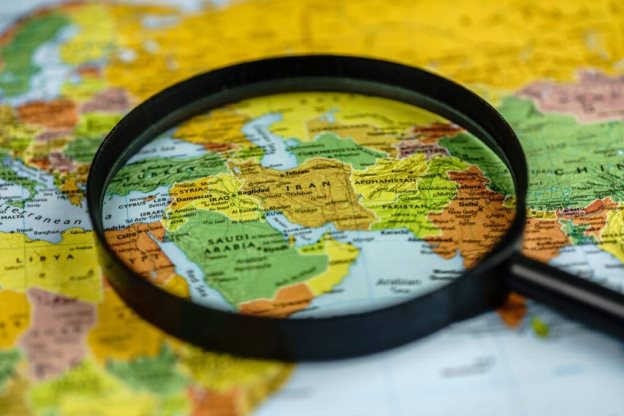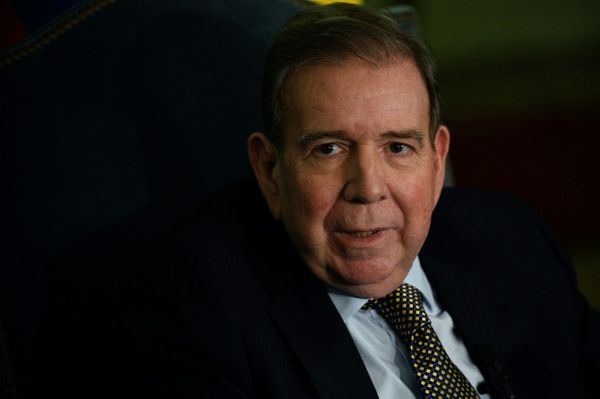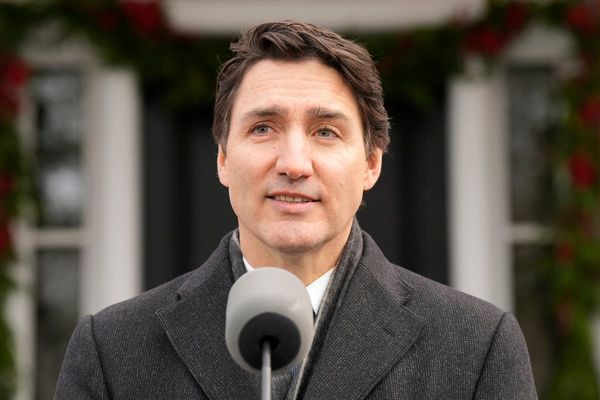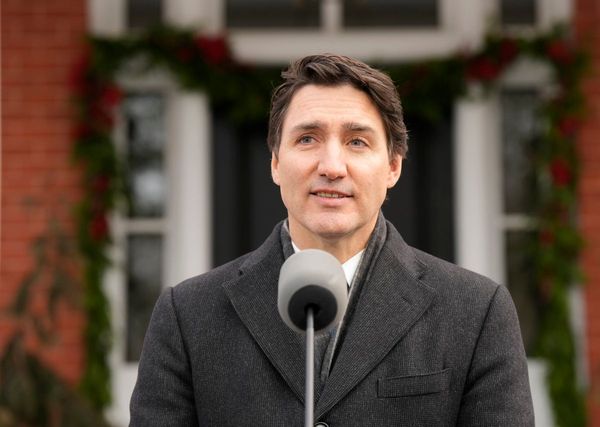
The Middle East, a region of immense historical, political, and economic significance, has long been at the center of global attention. As a recurring topic in World News, the Middle East presents complex challenges that demand multifaceted approaches from nations and international organizations. From enduring conflicts and political instability to economic cooperation and humanitarian crises, the world’s response to the Middle East issue is shaped by a mix of diplomacy, intervention, and strategic alliances.
Diplomatic Efforts
Diplomacy remains a cornerstone in addressing the Middle East’s challenges. Global powers such as the United States, Russia, China, and the European Union play active roles in mediating disputes and facilitating peace agreements. Key examples include:
- Israeli-Palestinian conflict: The world has witnessed decades of diplomatic initiatives, from the Oslo Accords to the more recent Abraham Accords, aimed at achieving peace and mutual recognition.
- Iran Nuclear Deal: Known as the Joint Comprehensive Plan of Action (JCPOA), this agreement reflects international efforts to address nuclear proliferation in the region while balancing economic sanctions and diplomacy.
Regional organizations, such as the Arab League and the Gulf Cooperation Council, also contribute to diplomatic dialogue, often serving as intermediaries in disputes among member states.
Military Interventions and Conflicts
The Middle East has often been a focal point for military interventions, both regional and international. These actions, aimed at stabilizing or influencing the region, have been controversial and complex:
- The Iraq War: Initiated by a coalition led by the United States in 2003, the war had long-lasting effects on the region’s stability.
- The Syrian Civil War: A protracted conflict that drew in numerous global actors, including Russia, the United States, and regional powers like Turkey and Iran.
- The fight against ISIS: A global coalition was formed to combat the rise of the Islamic State, highlighting the importance of international cooperation in countering terrorism.
While military interventions often aim to restore stability, they can also exacerbate tensions and contribute to long-term instability.
Economic Cooperation and Energy Security
The Middle East’s vast reserves of oil and natural gas make it a critical player in global energy markets. The world’s reliance on the region’s resources has led to strategic alliances and economic cooperation, such as:
OPEC’s Influence: The Organization of the Petroleum Exporting Countries (OPEC), dominated by Middle Eastern nations, plays a significant role in determining global oil prices.
Trade Partnerships: Countries around the world maintain strong economic ties with the Middle East, fostering mutual dependence and collaboration.
In recent years, the shift toward renewable energy and diversification has prompted discussions on the region’s economic future beyond oil.
Humanitarian Response
The Middle East’s numerous crises, including conflicts in Yemen, Syria, and Palestine, have led to severe humanitarian challenges. The international community, through organizations like the United Nations and NGOs, has mobilized aid to address these issues:
- Refugee Support: Millions of refugees from Syria, Yemen, and Iraq have sought safety in neighboring countries and beyond, prompting a global response to resettle and support displaced populations.
- Humanitarian Aid: Countries and organizations provide financial and material support to alleviate suffering caused by war, famine, and natural disasters.
However, geopolitical interests often complicate the delivery of aid, highlighting the need for impartial and sustained international support.
Geopolitical Rivalries
The Middle East’s strategic location and resources have made it a stage for geopolitical rivalries among global powers. Competing interests between nations like the United States, Russia, and China influence the region’s dynamics. For example:
- U.S.-Russia Competition: Both countries vie for influence in Syria and other parts of the Middle East, often supporting opposing sides in conflicts.
- China’s Belt and Road Initiative: China has expanded its presence in the region through investments and infrastructure projects, signaling its growing influence.
These rivalries often shape the policies and actions of Middle Eastern nations, further complicating the region’s stability.
Regional Collaboration and Future Outlook
Despite challenges, there are growing signs of regional collaboration, particularly in addressing shared issues such as climate change, water scarcity, and economic diversification. Initiatives like the Abraham Accords and Saudi Arabia’s Vision 2030 showcase the potential for a more cooperative and prosperous Middle East.
The world’s engagement with the Middle East continues to evolve, with a mix of challenges and opportunities shaping the region’s future. As a prominent subject in World News, the Middle East remains a critical focus for global diplomacy, economic strategy, and humanitarian action. By fostering understanding and collaboration, the international community can contribute to a more stable and prosperous region.







